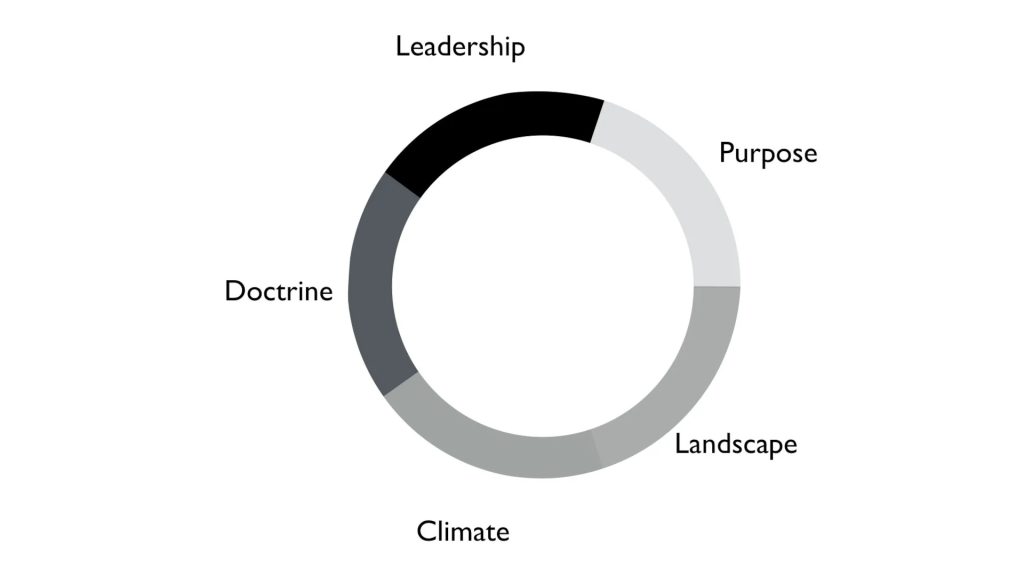Author: Josip Osrecki
In the early 90s, you (or your parents) were reading newspapers and watching TV to get the most recent news. Companies started to adopt new technologies to share (sensitive) information within the organization but also among themselves. Most fancy restaurants and hotels did not have websites because it was often perceived as an “unnecessary expense”. Mobile phones freed us from the need to sit by the corded phone and wait for someone to call. Using your credit card to buy something online was still considered unsafe and even irresponsible.
Since then the internet has evolved and with the introduction of smartphones in the 2000s and their adoption into our daily routine, it gave us the ability to share information instantly and in such volume that our brains are getting to the point where it’s hard to cope. Chances are that a local diner in your neighborhood has not only Facebook and a web page but also some kind of internet delivery scheme that simplifies order management. The same goes for retail, groceries, and basically everything we buy in our daily lives. Everything is bought with a credit card – be it directly or through intermediaries like PayPal.
Although information sharing has evolved greatly from the 90s, simple actions like buying chocolate at a local store with your credit card still remain basically the same – the action would have to be approved by your bank, the store’s bank, credit card issuer, and possibly some kind of a regulator. This process takes at least a couple of days. In more complex actions such as sending money across the border, buying a stock, or a house, or arranging an inter-bank loan it sometimes takes weeks. Every interested party has its own source of truth – most often a database – and it makes sure that its data is not compromised. And for a good reason – fraud and hacking into a supposedly secured system remain on the rise. Data integrity and security triumph over the trust. Every chunk of data is checked thoroughly and only after the data from the partner is validated the change is processed and entered into the database.

Typical architecture of today’s businesses – each partner keeps its own set of transaction logs
How many virtual “You’s” exist from endless government databases? Things like birth certificates, vehicle registrations, real estate ownership, marriage status, medical records, passports, and university diplomas are not stored in one source of truth. How many times were you asked to provide proof of marriage certificate or a certificate of birth? Wouldn’t it be great if the government and all institutions had access to a single source of truth, a profile for each of its citizens, but at the same time allowing the particular institution to view only a part of that profile?
Wouldn’t it be great if sending money across the globe took only seconds? But that would require that all intermediaries really trust each other and allow the automatization of money transfers.

Shared ledger
Data has become one of the most valued assets in the world but it is still being handled like an infant in an overcrowded subway station – a mother squeezing it tightly and not letting a stranger near it or somebody accidentally bumps and harms it. The only problem is this “infant” is now already a (problematic) teenager that would like to hang out with his peers. You must let him mature and eventually grow up to be a valuable part of society.
The technology that allows us to share data across the entire business network and at the same time enforce the processes between partners in a secure manner with a high level of trust has arrived – Blockchain will change the way we think and do business in the next few decades.
How does it work?
The idea is to have a shared ledger that records every transaction (a block) and appends it to existing blocks in the chain (hence “blockchain”). Every asset (be it a car, a loan, or a shipment of coffee) is tracked and every change to that asset is written to the blockchain. Every partner that is a part of the trusted network receives automated updates to its version of the chain as soon as the transaction is complete. Manipulation of the written blocks is not possible since data on the chain is immutable.
Every transaction is securely encrypted and, depending on the process, each partner has privileges to view certain data with its private key and perform a certain set of actions. One of the key benefits of blockchain is that it is much more difficult to hack than traditional systems. Even if someone hacked one of the partner’s (nodes) chains and successfully altered it, the node would be quarantined since the data is not in sync with other nodes. The attacker would need to penetrate most partners at the same time and know what piece of the chain to change in order to succeed. In blockchain’s case, safety lies in numbers.
Smart contracts written in Go or Java and deployed by parties will govern and allow automation of the process, act as mediators, and, ultimately, make traditional contracts obsolete.
Consensus protocols will ensure that, even when integrating blockchain with existing or external systems, the potential conflicts are resolved by a complex algorithm that keeps all nodes in sync.
All of this combined will:
- Save time and dramatically reduce cost by optimizing and automating the process with smart contracts
- Reduce risk by using a decentralized database
- Increase trust between business partners
- Make compliance auditing much simpler since every transaction is recorded and is immutable
- Greatly enhance the way assets and goods are tracked

IBM Blockchain Architecture
What to expect in near future?
2017 will be the year we will see the first pilots and exploration of the technology. Blockchain implementation – the Hyperledger project (hosted by The Linux Foundation) – is only a year old and has recently surpassed 100 members contributing to it and is gaining momentum. One of the biggest contributors is IBM with Open Blockchain (now called Hyperledger Fabric).
Short term we will see blockchain become another layer on top of current business logic whose primary purpose will be to replace and improve typical custom integrations and their problems. That being said, most business users will perceive blockchain as an integration platform that digitalizes and reinvents the meaning of a contract and improves the processes between companies.
Long term, as more and more businesses adopt the technology, it will become as normal for business users as today Facebook is for teenagers. 2020’s will for the Internet of Assets be what the 1990s were for the Internet of Information.



